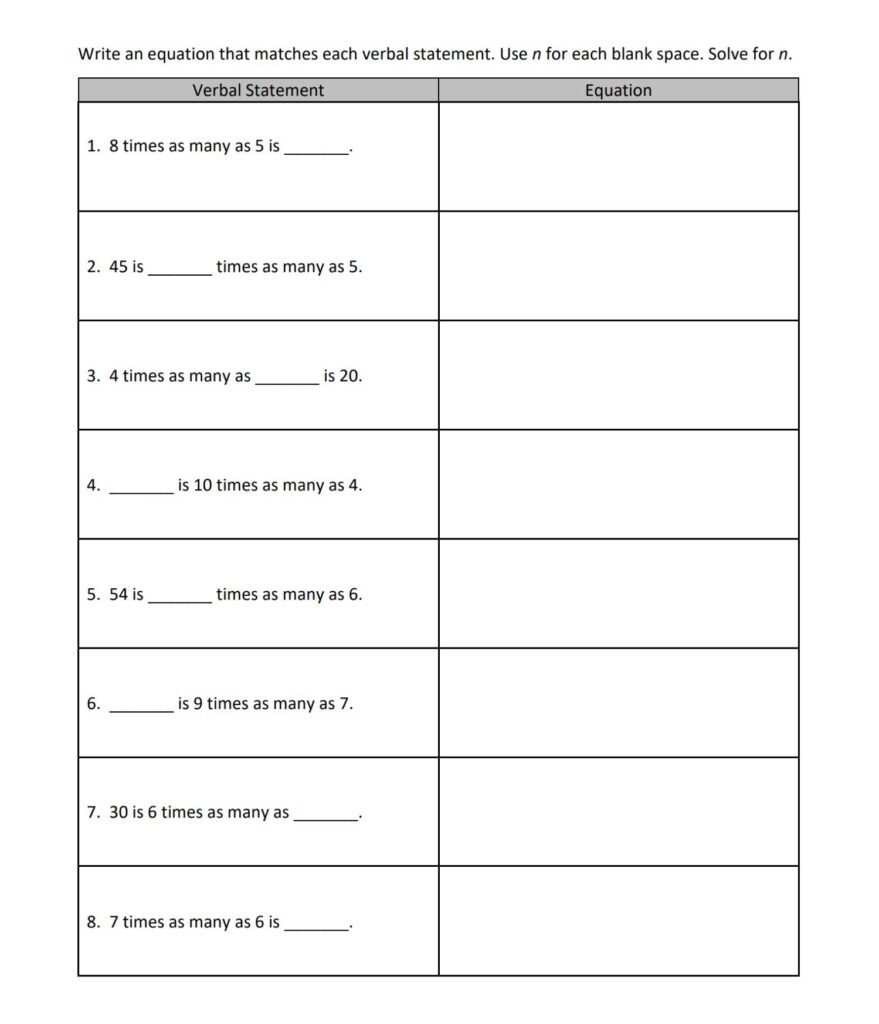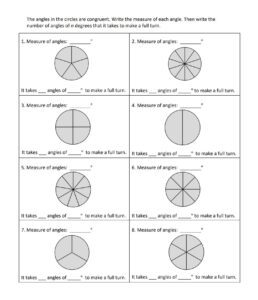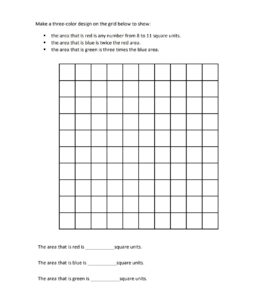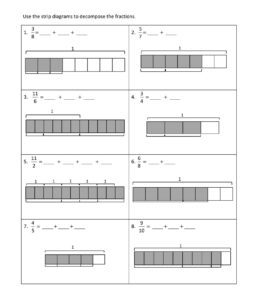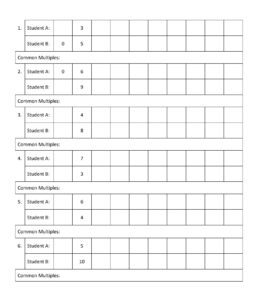COMMON CORE MATH ACTIVITIES
Meeting the Needs of ALL Students!
4th Grade, Activity 3: Use the Four Operations with Whole Numbers to Solve Problems
Interpret a multiplication equation as a comparison and represent verbal statements of multiplicative comparisons as multiplication equations, e.g., interpret 35 = 5 x 7 as a statement that 35 is 5 times as many as 7, and 7 times as many as 5.(Whole Numbers Problem)
Write Multiplication Equations for Verbal Statements
- Group Size: Whole Class/Alone
- Materials: Write Multiplication Equations for Verbal Statements sheet
Write the examples below on the board:
6 x 3 = 18
n x 3 = 18
16 = 8 x 2
n = 8 x 2
Explain that the examples shown above are number sentences or equations. State that an equation is a statement that shows that two expressions are equal, which are connected by the equal sign “=”. Point out that an equation can have numbers and a letter or variable. Discuss how the equal sign is like a balance symbol by pointing out that both sides of an equal sign is equal to the same quantity. Explain that when students see an equal sign, they should think that one side “is the same as” the other side. Emphasize that an equation can have a variable that represents an unknown value. A variable is a letter that is used in place of the unknown value. Write the examples below on the board. Point out that all the examples are equations that represent all the operations. Direct students to say the equations verbally. Also see our 3rd Grade Maths
- For example, “Four times a number is equal to thirty-two.”
4 x n = 32
n = 8
t + 5 = 11
t = 6
6 – p = 4
p = 2
24 ÷ 6 = h
h = 4
Ask:
- What is the value of the variable in each equation?
- Have students verbalize the equations again, this time saying the unknown value in the equation.
- “Four times eight is equal to thirty-two.”
Write the verbal sentences below on the board. Help students understand how to write the verbal sentences as equations. Explain that for each blank space, students are to write the variable n. Assist students as they determine the value of the variable in the equation. Instruct students to write an equal sign for the word “is”, both sides of an equal sign is equal to the same quantity.
A. twenty-four is times as many as eight.
24 = n x 8
n = 3
B. four times as many as six is .
4 x 6 = n
n = 24
C. is two times as many as six.
n = 2 x 6
n = 12
Issue a Write Multiplication Equations for Verbal Statements sheet to each student. Instruct students to write a multiplication equation to match each verbal statement. Have students use the variable “n” in all equations. Review students’ equations in a whole group discussion. As students read their answers, have them verbalize the equations, stating the unknown value in the equation.
